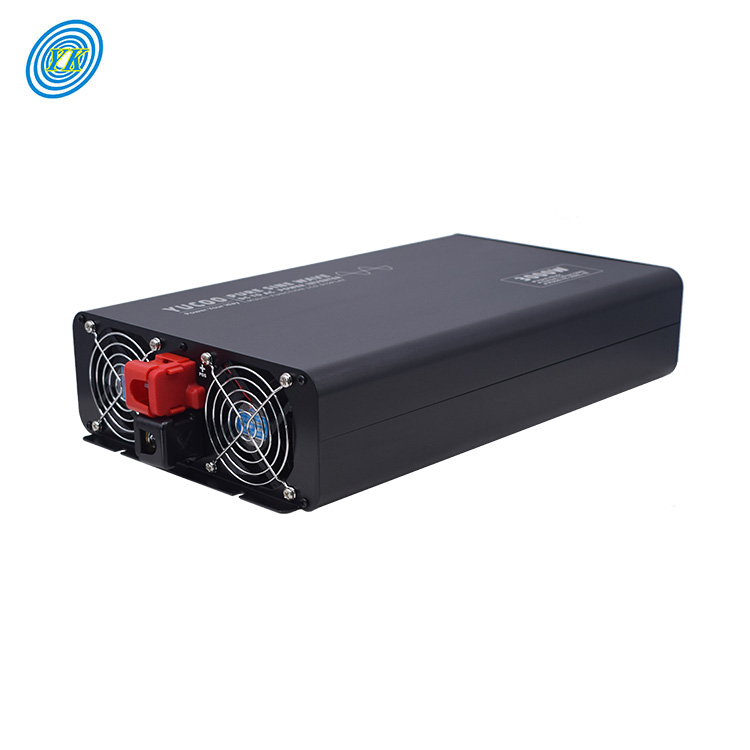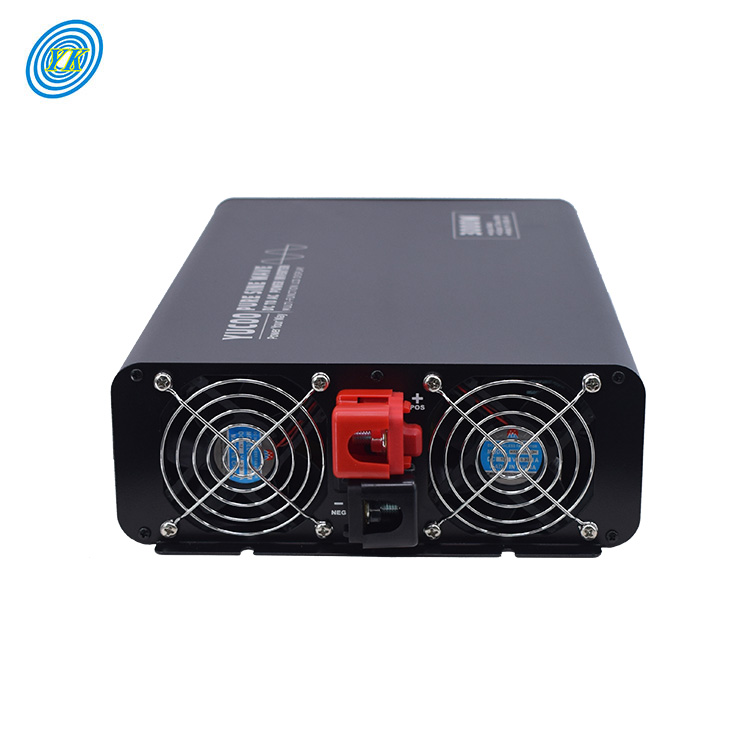News
What type of inverter should people choose?
Click: 1129 Date: 06/05/2023 4::28::40 PM
Inverter technology has become a popular topic in recent years due to its widespread use in the power electronics industry. An inverter, also known as a power inverter, is a device that converts direct current (DC) into alternating current (AC), allowing for the efficient transmission and use of electrical energy. The purpose of this article is to discuss the various types of inverters and their applications in the context of power electronics.
There are three main types of inverters: square wave, modified sine wave, and pure sine wave. Square wave inverters are the simplest and least expensive type of inverter. They produce a waveform that is similar to the shape of a square. However, this type of waveform is not suitable for most electronics due to the presence of harmonic distortion. Modified sine wave inverters, on the other hand, produce a waveform that is similar to a stepped sine wave with some modulation. This type of waveform is suitable for some electronics, but not all.
Pure sine wave inverters produce a waveform that is virtually identical to the waveform of grid power. The waveform is smooth and consistent, with no harmonic distortion. This type of inverter is the most expensive but is necessary for sensitive electronic equipment such as medical devices, computers, and televisions. Inverters have a wide range of applications in power electronics They are commonly used in renewable energy systems such as solar panels and wind turbines. Inverters are also used in uninterruptible power supply (UPS) systems to ensure that critical equipment remains powered during power outages. Another application of inverters is in electric vehicles, where they are used to convert the direct current from the battery to the alternating current required by the electric motor. In conclusion, inverters are a vital component of power electronics systems. They provide an efficient and reliable means of converting DC to AC power. While there are different types of inverters available, each with its own advantages and disadvantages, pure sine wave inverters are essential for sensitive electronic equipment. The applications of inverters are widespread, with renewable energy systems, UPS systems, and electric vehicles all employing this technology. As the demand for renewable energy and electric vehicles continues to grow the importance of inverters will only continue to increase.

